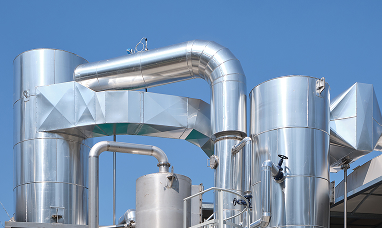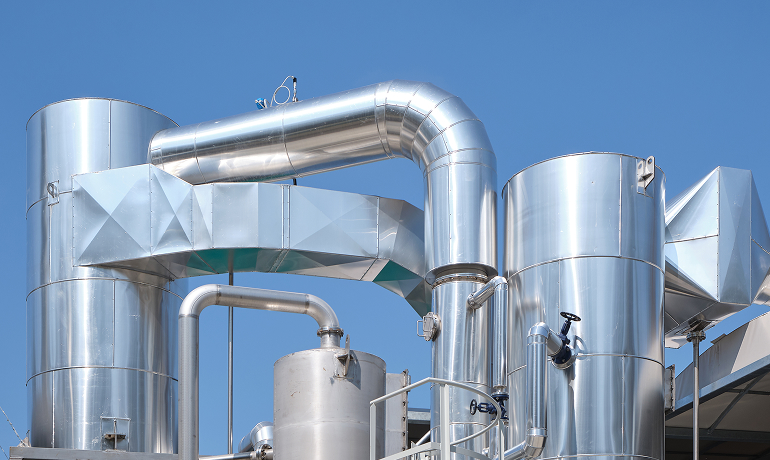
Fregene purification plant
With our wastewater purification plants, we restore value to water, by reintroducing it into the environment through innovative processes.


We manage over 170 wastewater purification plants across the Rome area and its province.
The wastewater purification cycle begins with water entering the facility. Treatment is divided between the water line, which is the actual wastewater treatment, and the sludge line, which processes the waste produced by purification.
Water first undergoes mechanical treatment, which separates coarse waste and sand, and then moves to the most important treatment: the biological stage.
In some cases, water undergoes an initial sedimentation treatment, which helps create the best possible conditions for the plant's core process: activated sludge biological treatment.
Water is fed into tanks called "biological reactors", where the stages of "denitrification" and "nitrification" take place in sequence. Inside these tanks, part of the mixture is kept in motion under anaerobic conditions, while another part is stirred and aerated by diffusers located at the bottom of the tank, which promote the oxygenation of the mixture.
The oxygen supplied promotes the proliferation of microorganisms, which cluster in agglomerations called "sludge flocs" and feed on the substances present in the effluent (ammoniacal nitrogen, proteins, organic matter, etc.). It is thanks to these microorganisms that pollutants are broken and wastewater is purified.
At this point, water is separated from sludge in additional sedimentation tanks, and disinfection processes are initiated. The purified water is then reintroduced into environment or recirculated within the plant for reuse.
Once separated from water, sludge is no longer a processing waste but is given a new life.
Through a series of innovative processes carried out in our wastewater purification plants, we reduce sludge volume and remove the moisture contained within it.
Once separated from water, sludge undergoes a stabilisation process that helps eliminate its putrescible fraction and transforms it in a new resource.
This process is carried out using two methods: aerobic or anaerobic techniques.
Sludge ozonolysis represents a key innovation: it plays a decisive role in reducing sludge volume while increasing its settleability.
In some of our wastewater purification plants, such as the one in Ostia, aerobic stabilisation is enhanced by sludge ozonolysis.
In one section of the plant, ozone is produced and injected into a portion of the sludge: it breaks the organic bonds of the microorganisms in the mixture and promotes the release of their cellular material.
This material, reintroduced into the tanks, serves as nourishment for specific microorganisms, which more efficiently eliminate the organic fraction of the sludge.

Fregene purification plant
Thanks to the fermentation of waste material, biogas is produced. After an upgrading process, it is reintroduced into the public grid, ready to generate new energy.
In some of our plants, such as those in East/North/South Rome, stabilisation is carried out under anaerobic conditions, that is, in the absence of oxygen.
Unlike in ozonolysis, a different type of microorganism predominates in sludge, promoting fermentation while producing biogas, which, once properly collected, is then converted into energy.
Following stabilisation, sludge undergoes thickening and then mechanical dewatering, where we further reduce its water content using a centrifuge.
In the next stage, thermical drying, the process reaches its maximum effiency: thanks to a turbine powered by a boiler, residual water is drastically removed, leading to a significant reduction in sludge volume.
This innovative treatment not only facilitates handling and storage, but also optimizes the entire disposal cycle, reducing operating costs and enhancing the plant's overall sustainability.